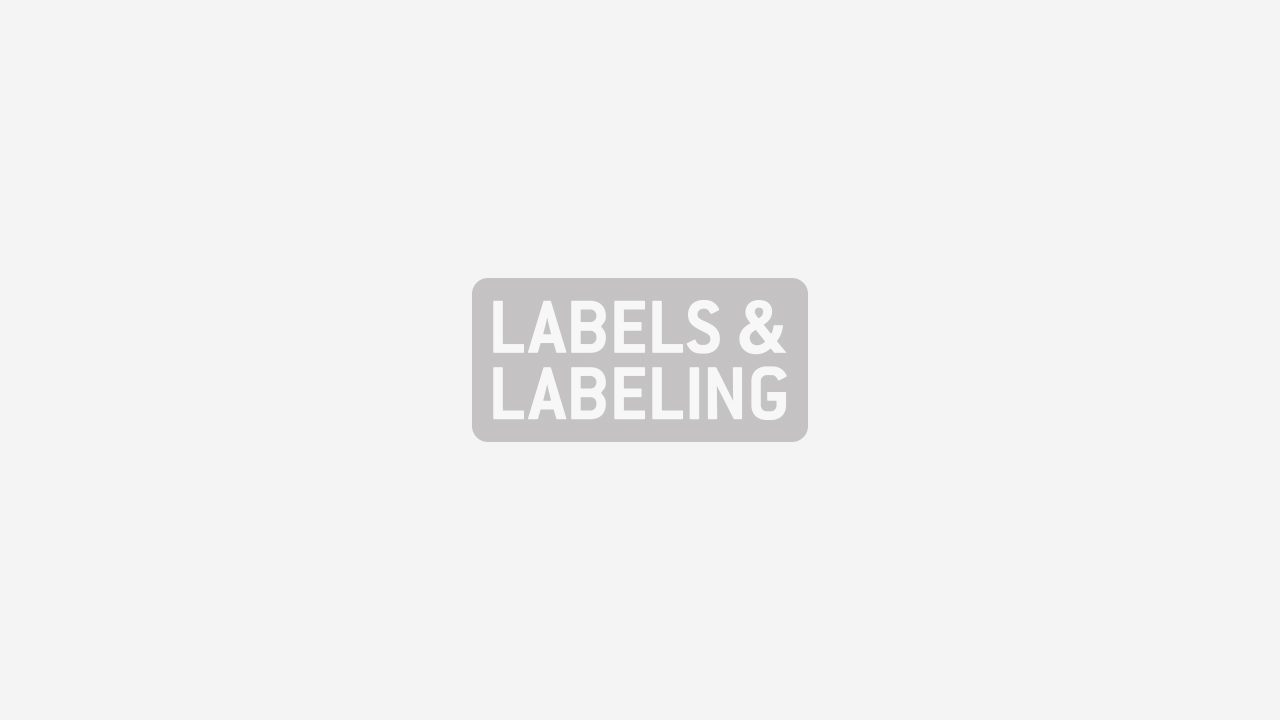The Wal-mart story

L&L reporter Danielle Jerschefske visits Wal-Mart’s very own printing facility at its global headquarters in Bentonville, Arkansas to find out how the world’s largest end user produces labels
A brief history
When Sam Walton opened Walton’s 5 - 10 store in Bentonville, Arkansas back in 1951, he couldn’t have imagined the global impact his small-town operation would one day achieve.
The first Wal-Mart discount store opened in 1962 and a mere five years later there were 24 stores in Walton’s home state, reaping $12.6 million in sales. Its size and revenue has created millions of jobs and boosts local economies in the areas where stores are located. Since 2000 alone, the population of Bentonville has grown an impressive 20 percent, a trend likely to continue as many of the uber-retailer’s suppliers establish offices nearby. Nearly 60 years after it was founded, Wal-Mart has over 7,357 stores in 14 countries.
It is hard to visualize the scale of Walmart’s operations. Annual sales in 2007 reached $345 billion - five times that of Microsoft, 35 percent of the total US travel and tourism industry - the second largest contributor to the nation’s GDP - and bigger than the economies of 144 countries.
This scale of operations has created its own supply chain. Walmart’s Printing and Mailing Distribution Center (PMDC), located near its home office, was established to limit the amount of work that had to be outsourced. PMDC works as an independent post office for employee mail, prints business forms and store signs for locations throughout the US, and, within the 198,000 sq feet of space, prints millions of thermal transfer labels for Wal-Mart brand food packaging.
Labels are printed on a Mark Andy 2200 and a Mark Andy LP3000, both 13 inches and six-color. Attached to the front of both presses is a Martin Automatic splicer, and added to the end of each is a Martin Automatic rewinder. ‘These tools help us to eliminate waste and reduce downtime,’ says Marty Vavra, label products manager. ‘This is top of the line equipment and not only is our production better with it, morale of associates improves because they know they are working on the best available.’
After labels are removed from the rewinder, they are put onto one of two Omega slitter/rewinders before being packaged and sent out. ‘The labels we produce are mostly water-based UV bakery and food labels,’ said Rick White, flexo department manager. The shop is, for the most part, running 24 hours a day, seven days a week with 25 associates focusing on label production only.
A small run for the label house is 7-800,000 sq feet, with many runs reaching lengths of 1.5 – 3 million sq feet. ‘With the longer runs, we do not have much overhead,’ Vavra explained. ‘Nonetheless, it is a team effort to minimize downtime.’ On average, the shop runs about 160 – 170 million sq feet of label stock each year. The PMDC labels division has shown a 233 percent growth in the last four years.
Because of the vast quantity of labels that Wal-Mart needs, it is impossible for PMDC to produce enough labels to meet demand. ‘We have about five or six competitors that we work very closely with,’ Vavra said. ‘In fact, we have learned to embrace our competition. We bring them in and share and learn together to improve the quality of the labels.’
Surprisingly, the work does not go to the lowest bidder. Vavra stresses the importance of quality and the need to continue to improve. At PMDC, each job goes through a rigorous quality control check from inks to plates to ensure that all is in order. A job is not started without management approval. ‘You’ve got to have a second set of eyes look at the work,’ Vavra says. ‘There have been no quality recalls from 2004 to 2008.’
Supplier relationships equal success
Much of PMDC’s label stock is supplied by Ricoh on consignment. The paper is not paid for up front, but once the labels are printed. It is easier to match the numbers to sales data and helps the shop to only pay for what it uses at a given time. This arrangement benefits both Ricoh and PMDC, because there is an added cushion to avoid frantic on-demand orders when a label job needs to be completed immediately.
‘We have fantastic relationships with our suppliers,’ Vavra explains. ‘It is crucial to our success. For example, Ricoh is in our building each month. And when they, or other suppliers, come in, it gives them a chance to discuss problems openly with our employees on the shop floor. It is in this way that they can obtain a press operator perspective. We require all of our suppliers to regularly come into the shop to give educational seminars to the employees. It is a great way to train our employees hands-on.’
Training, Vavra notes, is a major investment but provides a great return. Because the PMDC has this cooperative relationship with many of its competitors, it often sends its workers to their facilities to learn how operations are conducted there. ‘We feel that it is very important and provides extreme benefit to see how another team works together to achieve success,’ he says. ‘Our success really comes down to the people. We constantly emphasize training and share as much as we can within the company.’
Besides training, managers at PMDC strive to create a laid-back atmosphere within all of its operations and understand the importance of communication to a team. Each shift has a meeting to go through the work for the day and review the jobs completed in the past days. And every two weeks there is an all-employee meeting. ‘There is a lot of information sharing,’ says Rick White, flexo department manager.
Environmental Initiatives
PMDC began its recycling program in 2004, but did not initially track any numbers or record data. In 2005 the quality department started a campaign to promote a true recycling program, one that would document improvements, waste reduction, and volumes. Upper management was fully behind the program from the beginning, but left it to the recycling team to gain approval and employee buy-in from each department.
The team created a recycle table to find out what could be salvaged from the various waste streams. Then a location was found to recycle each type of waste within the plant, and to create an area to accumulate the trash. ‘The key was to make it convenient,’ Karen Eshleman, quality control manager and plant recycling leader, says. ‘We have an area for each department to appropriately categorize the waste it uses the most, and there is a plastic bottle recycle bin next to each employee’s desk.’ The volume of waste is tracked through a PMDC-designed recycle tag that allows the plant to trace what goes out in each package.
Once the use of the recycle tag was implemented and documentation began, it became very clear that the label department produced a lot of labelstock waste, specifically matrix. To help solve this problem, PMDC invested in a bailer that is attached to a vacuum matrix waste remover. The stock runs automatically from the press to the bailer where it is emptied every twelve weeks, instead of every two weeks as before.
The recycle tag has two sheets – one for PMDC to hold and one for the recycler to file. As each box of waste is loaded on the truck, its exact location is tracked, so there is a reliable chain of custody. Eshleman says, ‘It is an important part of quality because it helps keep the building clean and efficient.
‘We do it because it is the right thing to do and it makes the business run better,’ Vavra explains further.
In 2007, PMDC recycled 1.3 tons of waste that used to be trucked to a land fill. It is aiming to reduce its waste ‘production’ to 1.1 tons by monitoring the production process. PMDC has already diverted nearly 95 percent of its waste from landfill by finding appropriate avenues for the various waste streams - and it is making $4-500 per day in the process.
The question of sustainability is now becoming as important as price and quality. Wal-Mart is asking the PMDC the same question it asks all of its suppliers: ‘Yes, we want quality, yes we want price, but what are you doing about sustainability?’
Suggestions for other converters
‘It is just as simple to do (recycling) as it is not to do,’ says Vavra. ‘If you are already doing it, figure out how to do it better. Get together with your local recyclers and find out what else they can reuse. Or look at sourcing from other suppliers who have simple, innovative options. For instance, we are looking at coreless rolls of labelstock because it is a simple way to reduce paper usage.’
This article was published in L&L issue 4 2008
Stay up to date
Subscribe to the free Label News newsletter and receive the latest content every week. We'll never share your email address.


